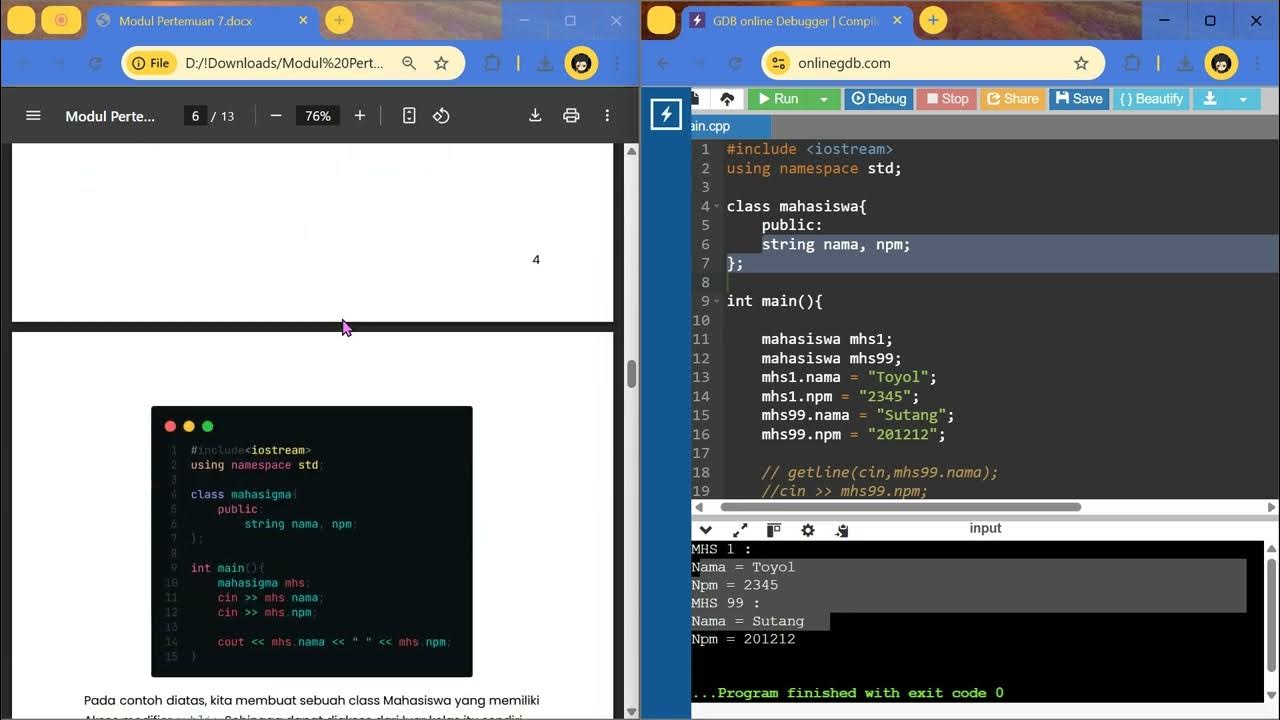Private School vs Public School - How Do The Students Compare?
Summary
TLDRThe Infographics Show explores the differences between private and public schools in the U.S., highlighting statistics on student demographics, funding, graduation rates, and post-graduation outcomes. It discusses the impact of school type on social mobility and future earnings, noting that while private school students tend to have higher graduation and college attendance rates, success is not solely determined by the type of school attended. The video also touches on the role of family wealth and individual talents in achieving success.
Takeaways
- 🏫 In the USA, there are 33,619 private schools with around 5.1 million students enrolled, making up almost 10% of all school students.
- 🌍 The term 'public school' in the US refers to government-run schools, which is different from the UK where it refers to private, fee-charging schools.
- 👥 Private schools in the US have a lower student-to-teacher ratio (12:1) compared to public schools (16:1).
- 🏛️ Private schools often have religious affiliations, with 79% of them being linked to a religion.
- 🌈 Public schools have a more diverse student body, including various ethnicities.
- 💵 Public schools are funded by taxes with a projected budget of $623.5 billion for 2017-18, averaging to $12,300 per student.
- 💼 Private schools are funded by tuition fees, with an average annual cost of $9,975.
- 🎓 Private school students have a higher graduation rate (95%) compared to public school students (83.2% in 2015).
- 🏛️ About 25% of Ivy League applicants come from private schools, while 60-70% are from public schools.
- 💼 Success in life and career is not strictly tied to the type of school one attended, as many successful individuals have come from both public and private schools, or even dropped out of school.
- 📊 Socioeconomic background plays a significant role in future earnings and social mobility, often more than the type of school attended.
Q & A
What is the difference between the terms 'public school' in the U.S. and the U.K.?
-In the U.S., 'public school' refers to government-run schools, while in the U.K., 'public school' refers to selective institutions that require private payment, similar to what Americans would call 'private schools'.
How many private schools are there in the United States, and how many students are enrolled in them?
-There are 33,619 private schools in the United States with around 5.1 million students enrolled.
What percentage of private schools in the U.S. have a religious affiliation?
-As much as 79 percent of private schools in the U.S. have a religious affiliation.
How does the student-teacher ratio differ between public and private schools in the U.S.?
-The student-teacher ratio in public schools is 16 students for every teacher, while in private schools, it is 12 students for one teacher.
What is the projected budget for public schools in the U.S. for the 2017-18 school year?
-The projected budget for public schools in the U.S. for the 2017-18 school year is $623.5 billion.
What is the national average cost for private school tuition in the U.S. for the 2017-18 school year?
-The national average cost for private school tuition in the U.S. for the 2017-18 school year is $9,975 per year.
What is the high school graduation rate for public schools, and how does it compare to private schools?
-The high school graduation rate for public schools reached 83.2 percent in 2015, while 95 percent of private school students graduate.
What percentage of private school graduates attend a university, and how does this compare to public school graduates?
-Just about all of the private school graduates attend a university, whereas only 49 percent of public school graduates enter further education at college.
What percentage of successful applicants to Ivy League Universities come from private schools?
-Roughly 25 percent of successful applicants to Ivy League Universities come from private schools.
How do the earnings of high school dropouts compare to those who have a high school diploma or a bachelor’s degree?
-People without a high school diploma earn on average $25,636 per year if in full-time employment, those with a high school diploma earn $35,256 per year, and those with a bachelor’s degree earn an average of $59,124 per year.
What does the transcript suggest about the importance of attending a private school for social mobility?
-The transcript suggests that attending a private school can increase the likelihood of attending university and potentially earning higher wages, contributing to social mobility, especially when combined with family wealth.
Outlines

Esta sección está disponible solo para usuarios con suscripción. Por favor, mejora tu plan para acceder a esta parte.
Mejorar ahoraMindmap

Esta sección está disponible solo para usuarios con suscripción. Por favor, mejora tu plan para acceder a esta parte.
Mejorar ahoraKeywords

Esta sección está disponible solo para usuarios con suscripción. Por favor, mejora tu plan para acceder a esta parte.
Mejorar ahoraHighlights

Esta sección está disponible solo para usuarios con suscripción. Por favor, mejora tu plan para acceder a esta parte.
Mejorar ahoraTranscripts

Esta sección está disponible solo para usuarios con suscripción. Por favor, mejora tu plan para acceder a esta parte.
Mejorar ahora5.0 / 5 (0 votes)






